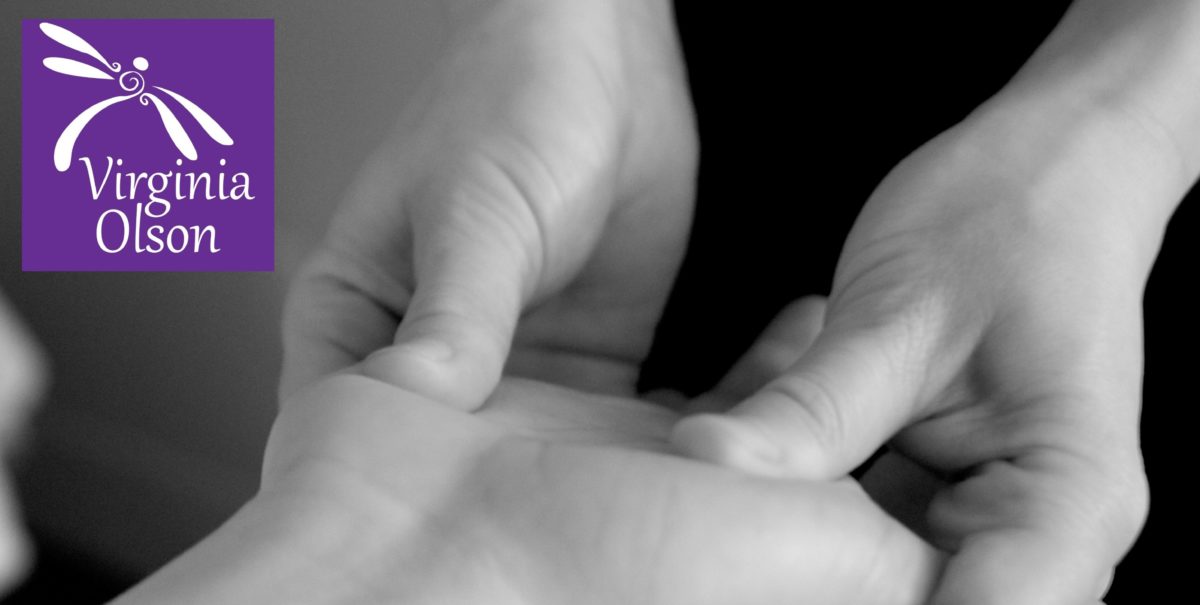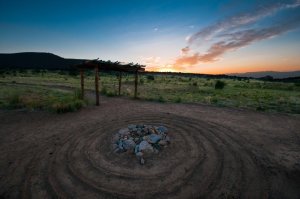“An old Cherokee is teaching his grandson about life. ‘A fight is going on inside me,’ he said to the boy.
‘It is a terrible fight and it is between two wolves. One is evil – he is anger, envy, sorrow, regret, greed, arrogance, self-pity, guilt, resentment, inferiority, lies, false pride, superiority, and ego.’ He continued, ‘The other is good – he is joy, peace, love, hope, serenity, humility, kindness, benevolence, empathy, generosity, truth, compassion, and faith. The same fight is going on inside you – and inside every other person, too.’
The grandson thought about it for a minute and then asked his grandfather, ‘Which wolf will win?’
The old Cherokee simply replied, ‘The one you feed.’” (Source: http://www.firstpeople.us)
It’s sometimes difficult for people to admit darker tendencies (either to others or to themselves). It’s not often acknowledged that we all have the potential for great kindness or great cruelty. Thus the true measure of a person is not any intrinsic goodness, but how s/he utilizes the power of choice in daily decision making and interactions with other people.
It might seem safer to be the mean wolf. Kindness, benevolence, and generosity might be easily taken advantage of. But anger, superiority, and other displays of power can inspire fear in others, and therefore serve to make us feel less vulnerable. While I don’t deny that suppressing our darker tendencies is less than helpful, at the same time, surely feeding them is equally unwise.
I don’t remember who it was that first told me that there is strength in gentle-ness. Or in essence that true strength involves being gentle, precisely because you have nothing to prove. It’s weakness and vulnerability that seeks to inspire fear in others for a kind of safety motivated by a need for self-preservation. On the other hand, there’s a quiet confidence that goes with being strong and centered and at home in oneself. It’s not showy, but it is enduring and easily recognized.
When it comes to exercising the power of choice and conscious decision making, meditation and other spiritual practices are an important tool in creating a gap between experience and reaction. They allow us to build an awareness and respond to situations in our lives according to our values, rather than reacting out of habit and conditioning.


